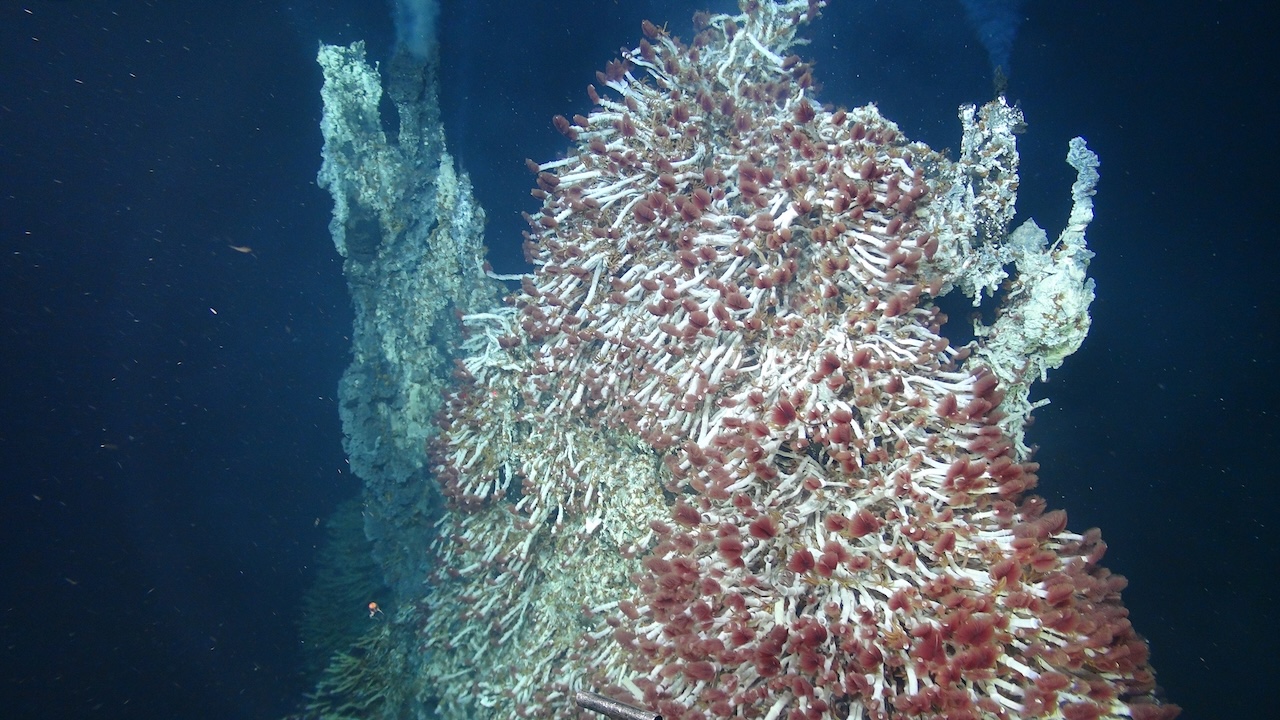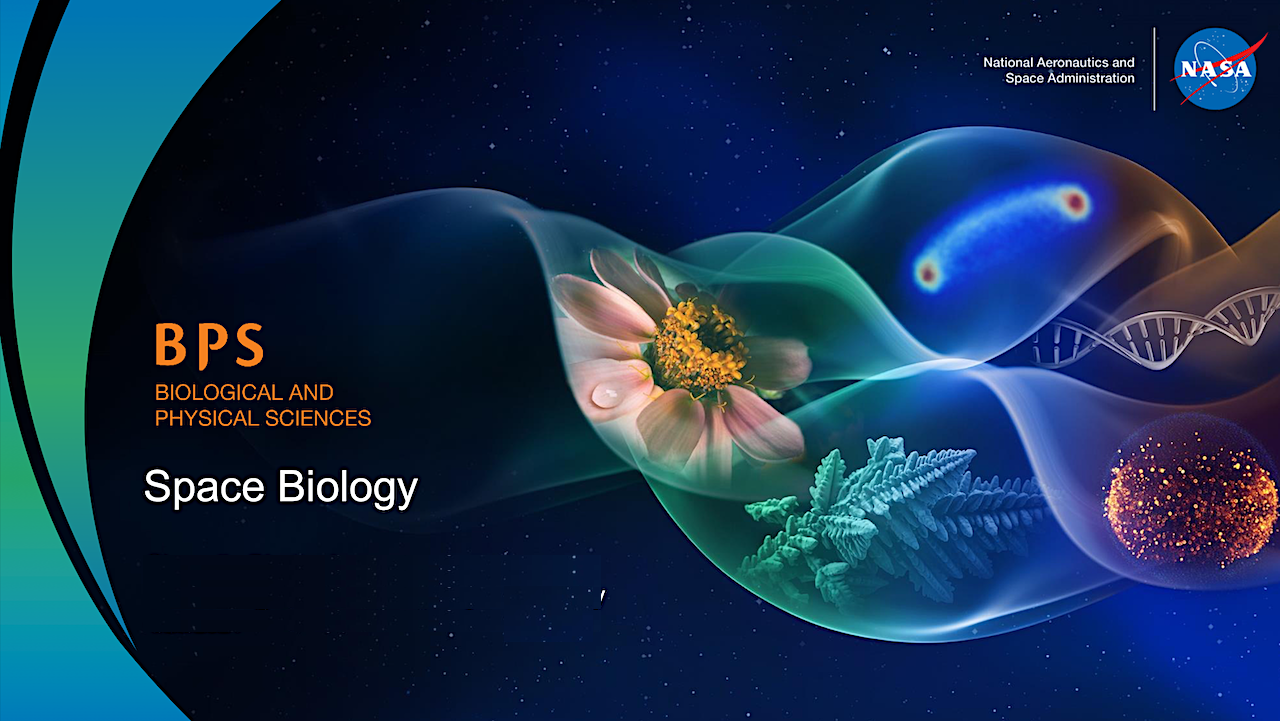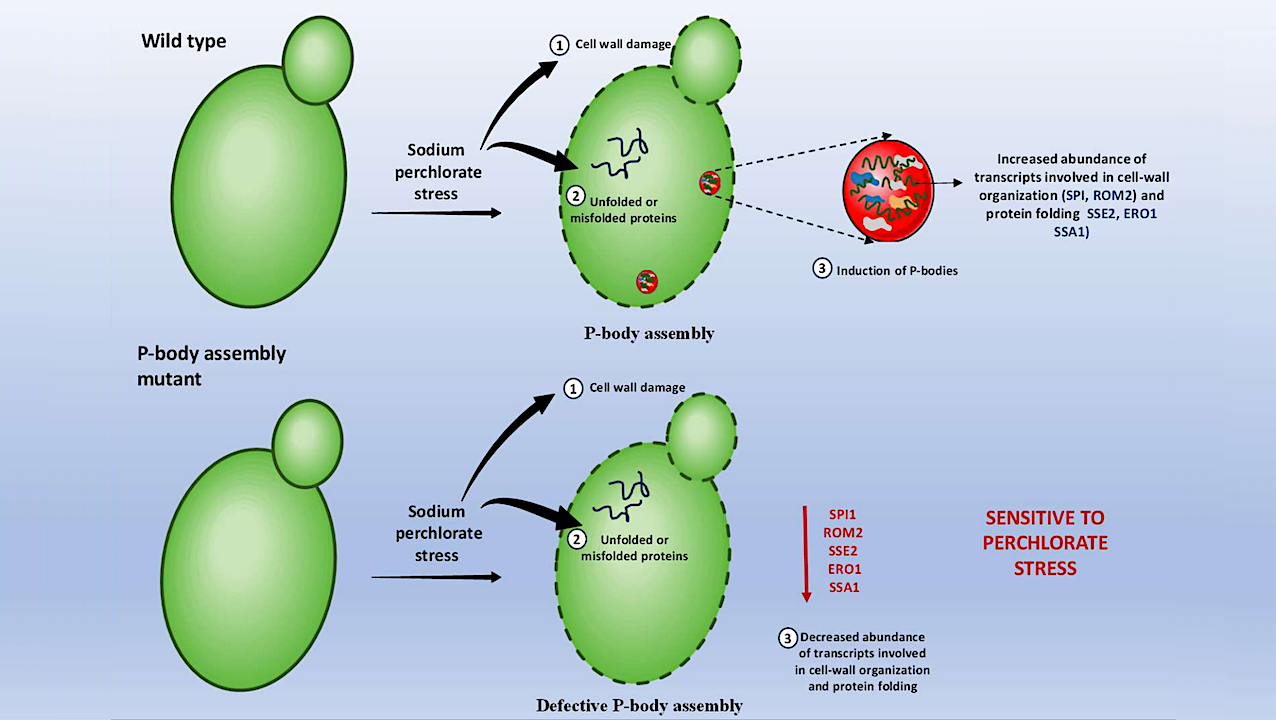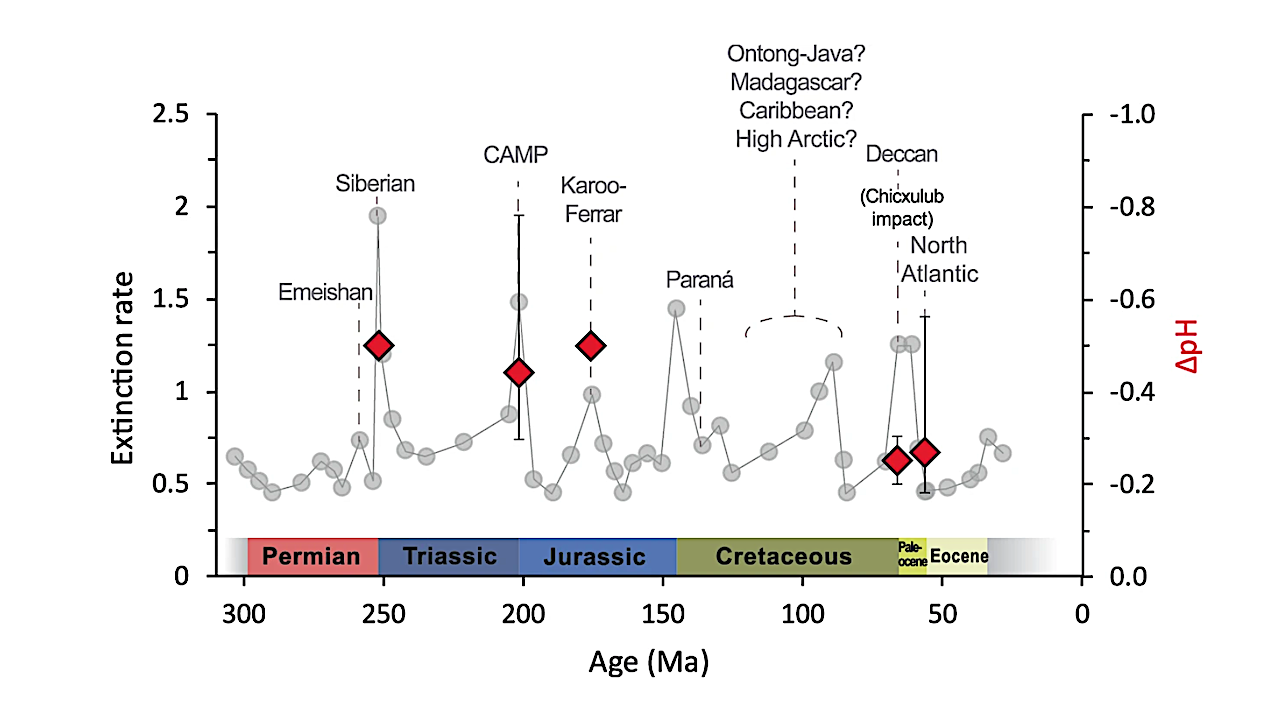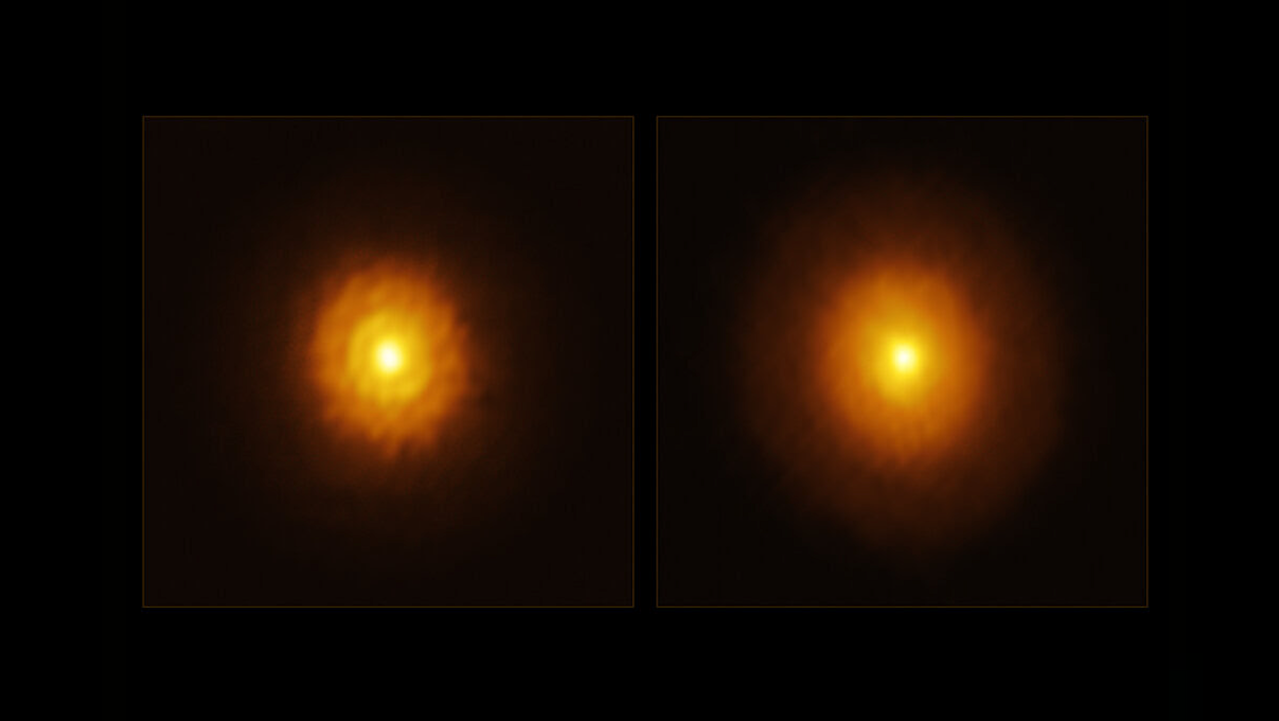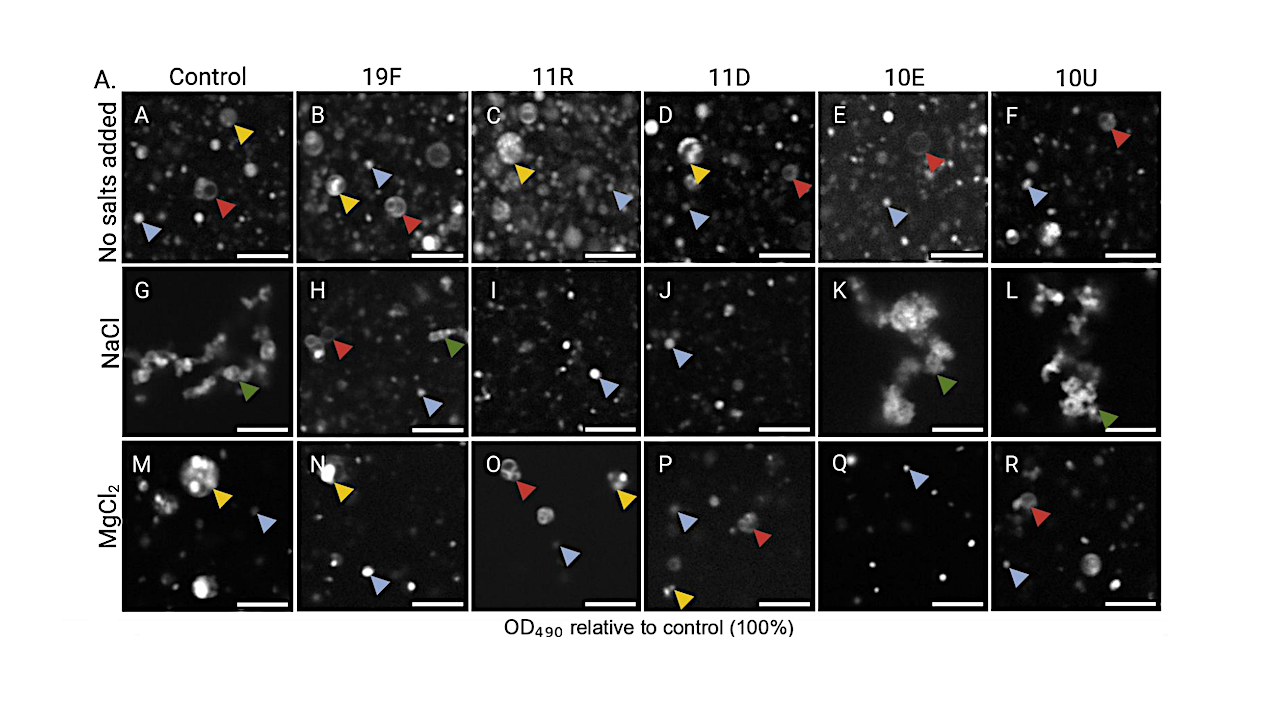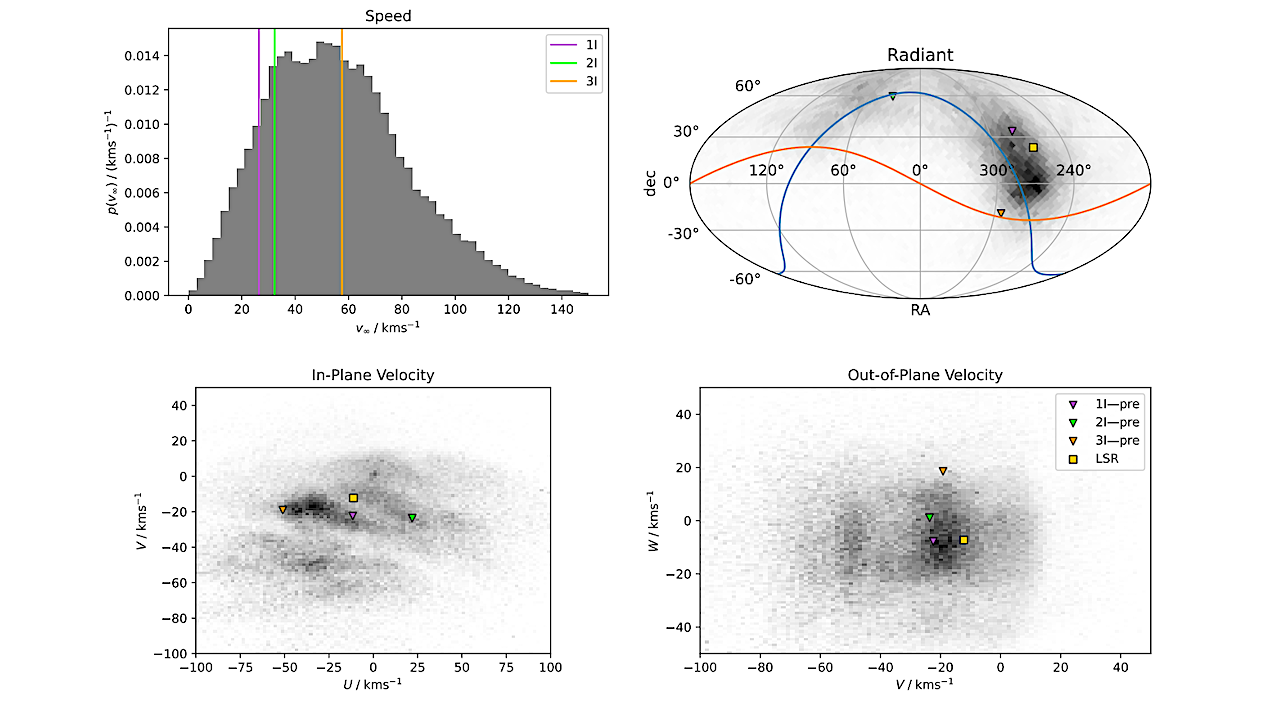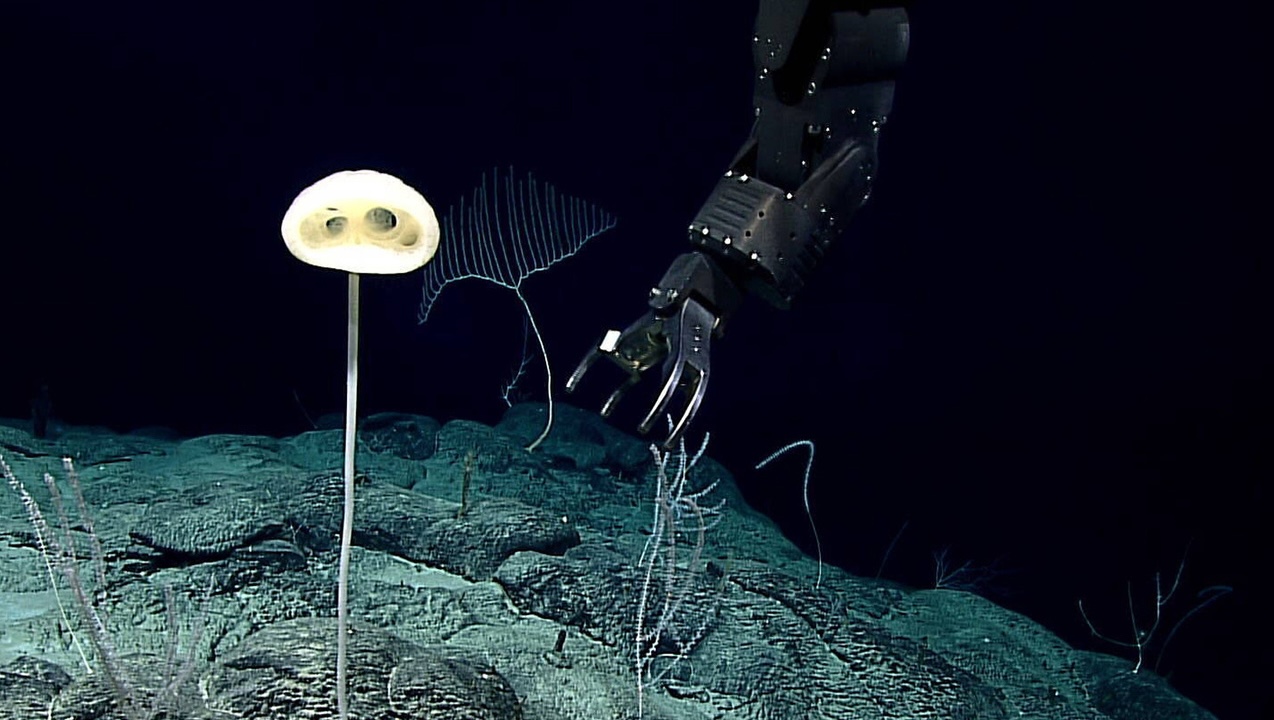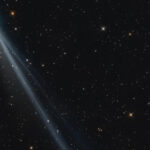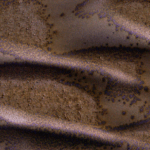ROSES-2025 Amendment 1 announces restrictions on funding of interagency awards from most proposal opportunities of ROSES-25. For more information, see the research program overviews (A.1 – D.1 & F.1) and Sections I(d)i and
Astrobiology69- Page
The hydrothermal microbes Holden studies thrive in lightless, oxygen-less conditions a mile or more beneath the ocean’s surface. Credit: James Holden While popular culture commonly depicts extraterrestrial life as little
The abstract in PubMed or at the publisher’s site is linked when available and will open in a new window. Moris VC, Bruneau L, Berthe J, Coos R, Baselet B,
Planet M–R and mass–density distributions of literature and TGLC-fitted values. (a) M–R distribution of small TESS planets. (b) Mass–density distribution of small TESS planets. Both panels include the high-precision planet
Model depicting the importance of RNP condensate in mediating survival under Mars-like stress condition — biorxiv.org Scientific advances have emboldened human efforts toward exploring the potential of extinct, extant, or
Marine invertebrate extinction rate (grey circles) and the large igneous provinces which correlate with major extinction events (labelled, after Clapham and Renne78). — Nature Communications In the first and only
Today’s Picture of the Week tells a story of redemption for one lonely star. The young star MP Mus (PDS 66) was thought to be all alone in the Universe,
Microscopic images of DA:DOH (1:1) vesicles under different conditions. Vesicular flocculation can be observed upon addition of NaCl, as well as reduction in the number of visible particles upon addition
The Otautahi–Oxford model’s predicted asymptotic speed, radiant, and Galactic velocity distribution for ¯ q 5 au ISOs, overplotted with the three known ISOs. The blue and orange lines on the
The glass sponge, Advhena magnifica, prior to being collected in 2016 at a depth of ~2,000 meters (6,560 feet). Scientists call this class of sponges “glass” because their skeletons are
-
 012024 in Review: Highlights from NASA in Silicon Valley
012024 in Review: Highlights from NASA in Silicon Valley -
 02Panasonic Leica Summilux DG 15mm f/1.7 ASPH review
02Panasonic Leica Summilux DG 15mm f/1.7 ASPH review -
 03How New NASA, India Earth Satellite NISAR Will See Earth
03How New NASA, India Earth Satellite NISAR Will See Earth -
 04And Thus Begins A New Year For Life On Earth
04And Thus Begins A New Year For Life On Earth -
 05Astronomy Activation Ambassadors: A New Era
05Astronomy Activation Ambassadors: A New Era -
06SpaceX launch surge helps set new global launch record in 2024
-
 07Space Force plans new ‘Futures Command’ amid pressure to speed up modernization
07Space Force plans new ‘Futures Command’ amid pressure to speed up modernization



